What is Aluminum Cladding System?
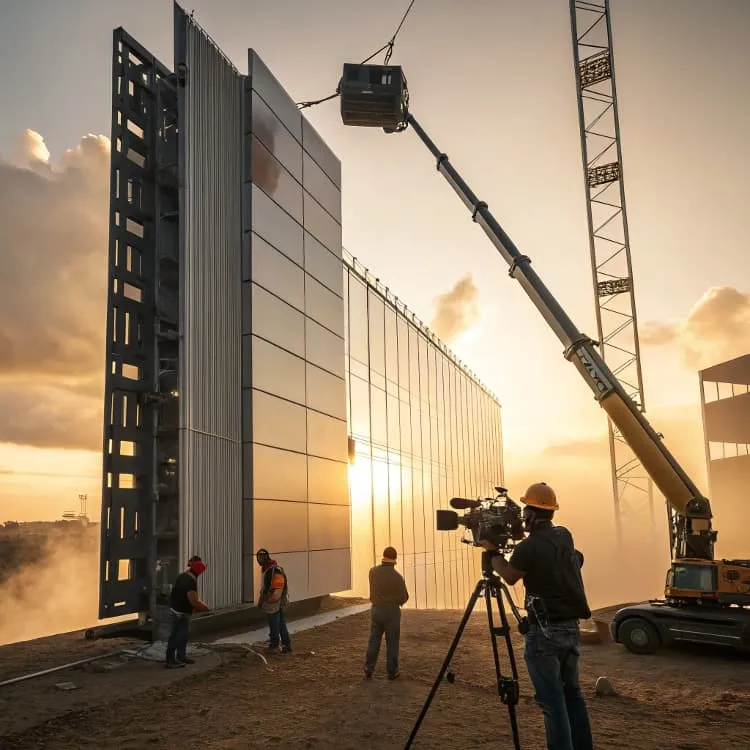
When it comes to protecting and beautifying modern buildings, aluminum cladding systems are one of the most widely used solutions. But are they really worth it?
An aluminum cladding system is a layered building envelope that uses aluminum panels to cover the exterior of buildings, offering protection, insulation, and a sleek appearance.
Aluminum cladding has become a go-to for architects and builders. But to make the right decision for your project, you need to understand its purpose, pros, and limitations. Let’s explore it in depth.
What is aluminum cladding?
Aluminum cladding often looks sleek and simple, but its role is far from basic. Many project managers pick it for looks, but its strength lies in performance.
Aluminum cladding is a construction solution that involves covering a building’s exterior with aluminum panels to improve durability, insulation, and aesthetics.
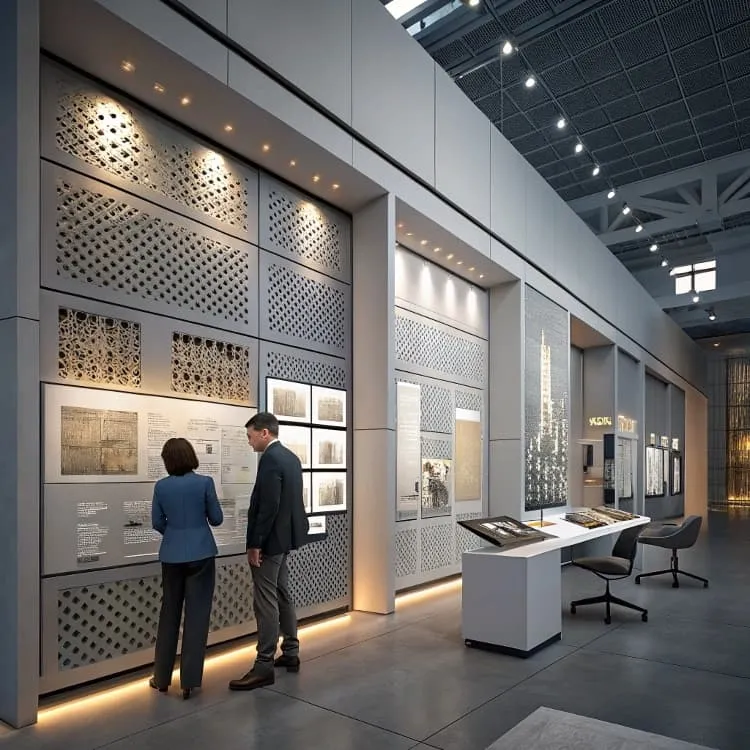
Aluminum cladding is lightweight yet strong. The panels can come in various forms: solid, composite, perforated, or embossed. It’s not just about protection. It’s also about design flexibility. You can bend, curve, or color aluminum panels to match your architectural goals.
Why Aluminum?
Aluminum is rust-resistant, weatherproof, and recyclable. It works well in both hot and humid environments, like Singapore, or cold and dry climates, like parts of North America.
Forms of Aluminum Cladding
| Type | Features | Best Use Case |
|---|---|---|
| Solid Aluminum Panel | High durability, impact-resistant | High-rise facades, industrial sites |
| ACP (Composite) | Lightweight, cost-effective | Commercial buildings, malls |
| Perforated Panels | Allows air/light, decorative | Office buildings, decorative facades |
| Wood Finish | Natural look, low maintenance | Resorts, residential complexes |
No matter the choice, all aluminum cladding forms offer a professional finish and long-term reliability.
What is the main purpose of a cladding system?
It might look like decoration at first glance. But a cladding system plays a much deeper role in a building’s health.
The main purpose of a cladding system is to shield the building from external elements like wind, rain, heat, and noise, while also enhancing its appearance.
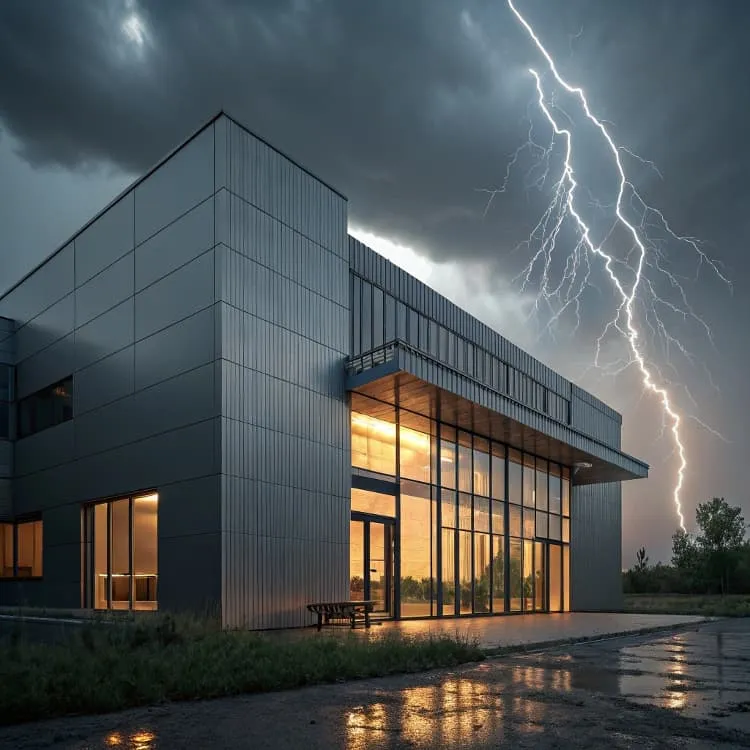
Cladding systems create a protective shell. They add a barrier between the interior and the harsh outdoor environment. Aluminum systems do this while keeping the building lightweight and energy-efficient.
Key Functions of a Cladding System
1. Weather Protection
It keeps rain, snow, and wind out. Aluminum is non-porous, so it doesn’t absorb water.
2. Thermal Insulation
Combined with insulation layers, aluminum cladding helps keep interiors cooler in summer and warmer in winter.
3. Sound Insulation
Multi-layered systems reduce noise from outside—especially useful in urban areas.
4. Aesthetic Appeal
From sleek modern lines to woodgrain finishes, aluminum cladding gives architects design freedom.
5. Fire Resistance
Properly treated aluminum cladding meets many international fire safety standards.
| Feature | Benefit |
|---|---|
| Water Resistance | Prevents mold and structural damage |
| UV Resistance | Maintains color and surface finish |
| Lightweight | Reduces structural load |
| Easy to Maintain | Requires minimal cleaning or repairs |
What are the disadvantages of aluminum cladding?
Aluminum cladding isn’t flawless. It has limitations you should consider during planning.
The disadvantages of aluminum cladding include higher upfront costs, possible denting, and environmental concerns with poor-quality materials.
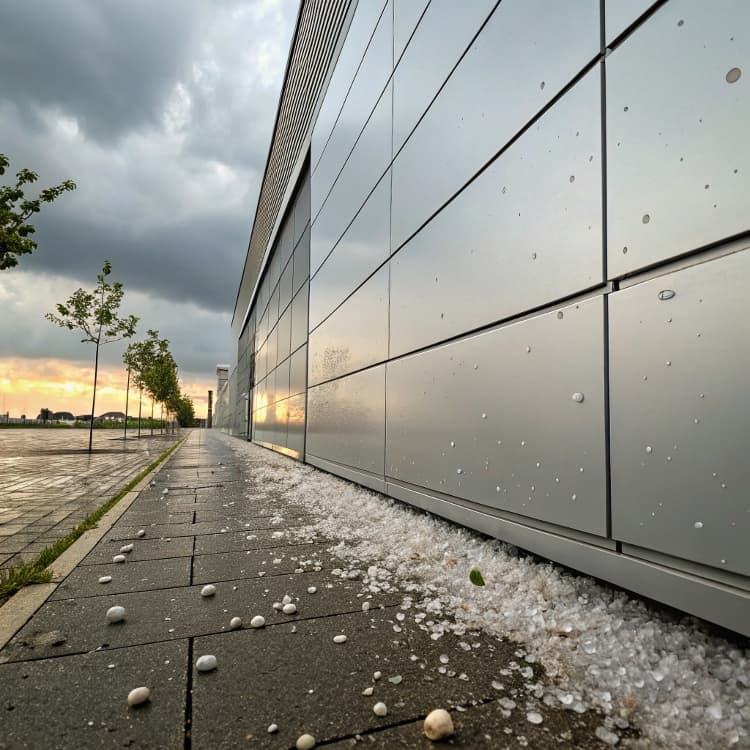
1. Initial Investment
Aluminum cladding can be more expensive than vinyl or fiber cement. For large projects, the cost difference adds up quickly. But the long-term durability often offsets the initial spending.
2. Denting and Scratching
Aluminum is softer than steel. So it’s easier to dent if hit by sharp or heavy objects. In busy commercial zones, this might mean more maintenance.
3. Poor Quality Panels Risk
Some manufacturers cut corners. Using recycled aluminum with poor finishing can reduce fire resistance and overall performance. That’s why choosing certified suppliers is crucial.
4. Heat Conductivity
Aluminum is a good conductor. Without proper insulation, it might let heat in or out too easily. Modern cladding systems usually solve this with sandwich-style layers.
5. Environmental Impact (if unmanaged)
Though recyclable, aluminum production itself is energy-intensive. This makes source and supply chain transparency important.
Is aluminium cladding waterproof?
When people hear “metal,” they often assume it’s waterproof. But real-world conditions are more complex.
Yes, aluminum cladding is waterproof, as long as it is correctly installed with proper sealing and joint systems.
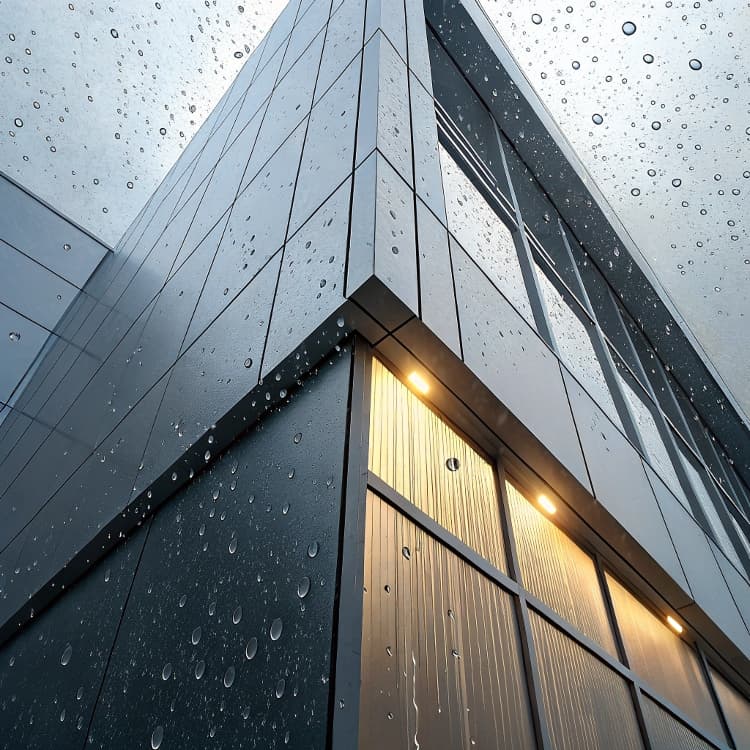
Aluminum does not absorb water. And with tight seals, it keeps moisture out. But poor installation can lead to leaks, trapped moisture, or even internal mold.
Installation Details Matter
Joint Design
- Panels must allow expansion and contraction with temperature shifts.
- Improper joints can open small gaps where water gets in.
Back-Ventilation
- Most systems use a ventilated cavity behind panels to drain any water that gets through.
Sealants and Flashing
- Quality silicone or EPDM rubber sealants ensure watertightness.
- Flashing around windows and corners prevents water from creeping in.
When correctly handled, aluminum cladding gives buildings years of dry, low-maintenance protection.
Conclusion
Aluminum cladding systems are powerful tools for modern architecture. They protect buildings, look great, and adapt well to custom needs. With the right supplier and care, they offer real long-term value.



